(sold for $20.0)
1614, Brandenburg-Prussia, John Sigismund. Silver Groschen (1/24 Thaler) Coin.
Condition: VF+
Mint Year. 1614
Reference: KM-41.
Mint Place: Driesen
Denomination: Groschen (1/24 Thaler)
Mintage: 325,000 pcs. (the mintage figure includes also 1615!)
Diameter: 20mm
Material: Silver
Weight: 1.25gm
Obverse: Cross-topped orb with fractional thaler value (24) inside. Date ([16]1-4) split in fields.
Legend: IOH SIG D G MA.... R.I.
Reverse: Shield with 4-fold arms and central scepter (arms of Brandenburg). Mint master's initials (ligate HL) in legend above.
Legend: HL . AR E EL ... .. T . D
Authenticity Unconditionally guaranteed.
John Sigismund (German: Johann Sigismund) (8 November 1572 – 23 December 1619) was a Prince-elector of the Margraviate of Brandenburg from the House of Hohenzollern. He also served as a Duke of Prussia.
John Sigismund was born in Halle an der Saale to Joachim Frederick, Elector of Brandenburg, and his first wife Catherine of Brandenburg-Küstrin. He succeeded his father as Margrave of Brandenburg in 1608. In 1611, John Sigismund traveled from Köningsberg to Warsaw, where on 16 November 1611 he gave feudal homage to Sigismund III Vasa, King of Poland (the Duchy of Prussia was a Polish fief at the time). He officially became Duke of Prussia in 1618, although he had served as regent on behalf of the mentally-disturbed Albert Frederick, Duke of Prussia, for several years prior. Albert Frederick died in the following year.
John Sigismund gave the Reichshof Castrop to his teacher and educator Carl Friedrich von Bordelius, whereas he received the territories of Cleves, Mark, and Ravensberg in the Treaty of Xanten in 1614.
John Sigismund's most significant action was his conversion from Lutheranism to Calvinism, after he had earlier equalized the rights of Catholics and Protestants in the Duchy of Prussia under pressure from the King of Poland. He was probably won over to Calvinism during a visit to Heidelberg in 1606, but it was not until 1613 that he publicly took communion according to the Calvinist rite. The vast majority of his subjects in Brandenburg, including his wife Anna of Prussia, remained deeply Lutheran, however. After the Elector and his Calvinist court officials drew up plans for mass conversion of the population to the new faith in February 1614, as provided for by the rule of Cuius regio, eius religio within the Holy Roman Empire, there were serious protests, with his wife backing the Lutherans. Resistance was so strong that in 1615, John Sigismund backed down and relinquished all attempts at forcible conversion. Instead, he allowed his subjects to be either Lutheran or Calvinist according to the dictates of their own consciences. Henceforward, Brandenburg-Prussia would be a bi-confessional state.
Only 1$ shipping for each additional item purchased!

|
Posted by:
anonymous 2014-04-18 |
1 Hemidrachm Ancient Greece (1100BC-330) Silver
group has 13 coins / 13 prices
⇑






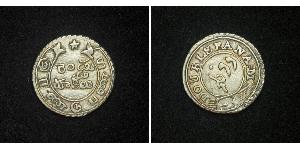
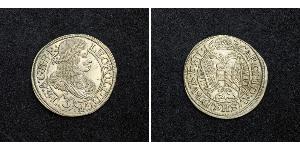
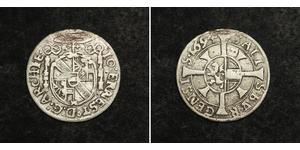

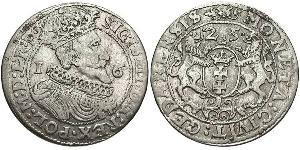



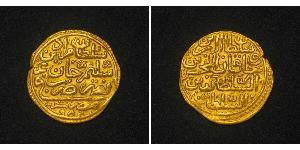

-300-150-0S0Kbzbio9QAAAFLQpKjltQa.jpg)






